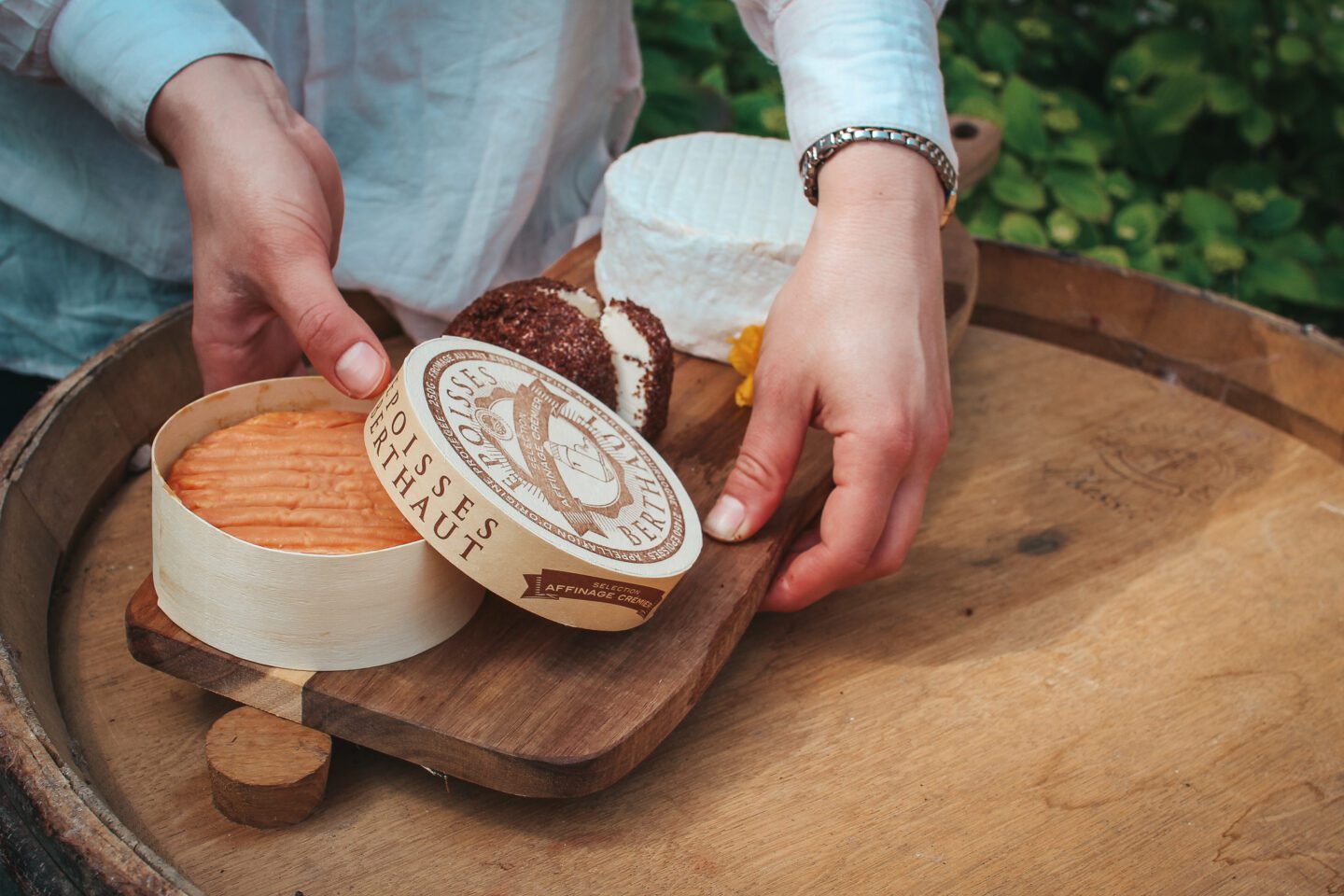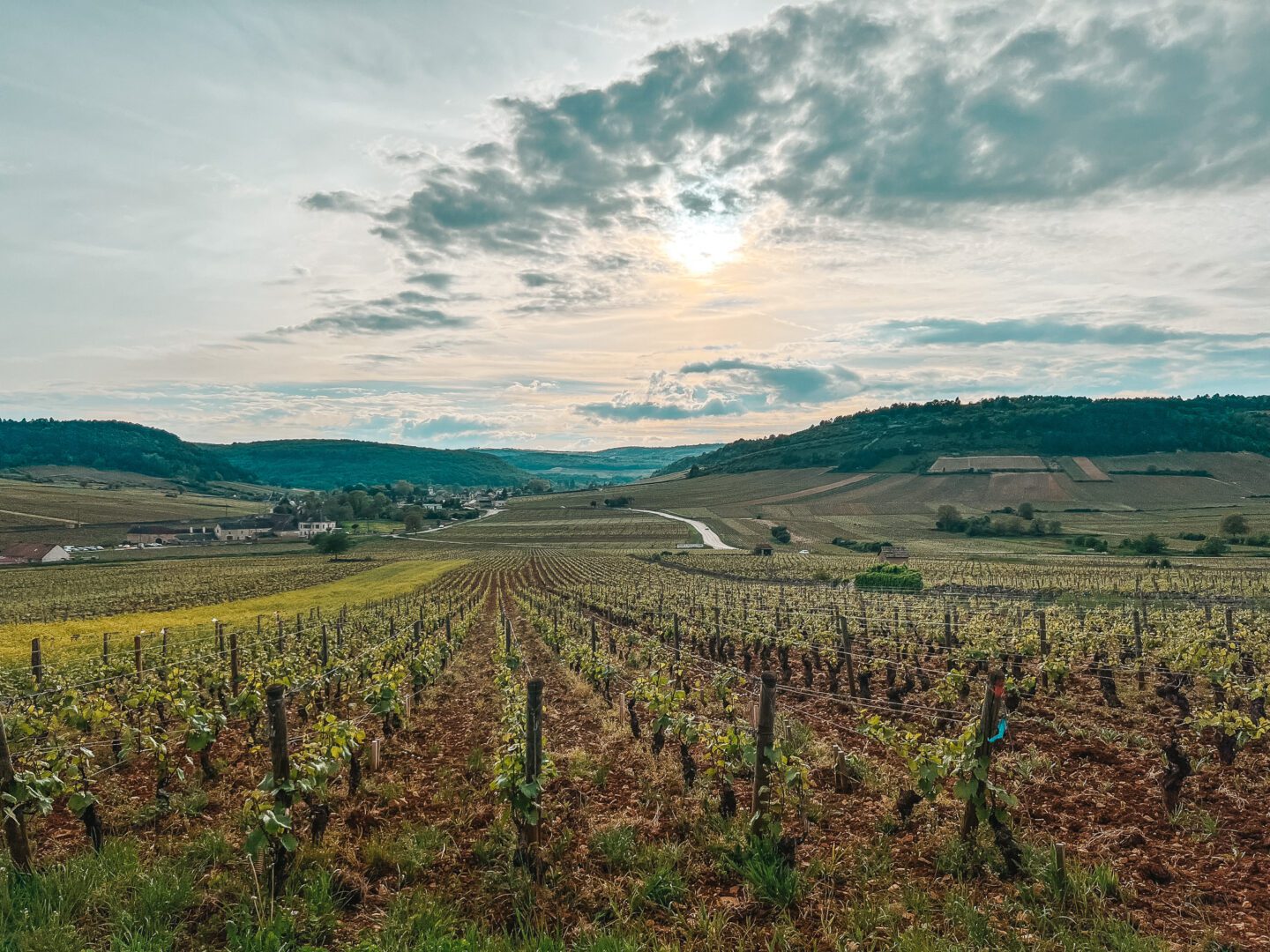
I used to think “slow” meant doing less. But after years in French wine country, I’ve realized slow is about rhythm. Seasonality isn’t just something the vines experience—it’s something we can tune into too. Wine tourism, done intentionally, opens a door to deeper patterns: in nature, in agriculture, in ourselves. Here’s what I’ve learned about slow wine travel in France.
1. Slowness Isn’t About Doing Less—It’s About Surrendering to a Seasonal Rhythm
Wine regions don’t force. They pulse with seasonal rhythms: pruning and resting in winter, ripening in summer, chaos at harvest, and stillness in the cellar. Traveling with those patterns in mind changes how you experience a place. You don’t just visit—you participate.
Considering this when deciding when to book a wine trip to France will help you have a much deeper experience. Slowness is also about your “way.” Are you coming to France to check off a list and post on Instagram? That’s fine. But if you’re coming to immerse yourself in WSET Diploma prep and want to see inside cellars and walk vineyards to study vine training systems, those are very different goals—and the time of year matters. Want that iconic photo of you in a vineyard in a sundress? Come in May or June. Want to taste from a barrel? Come in February. Want to hike in the incredible colors of the fall and speak to producers about harvest? Come in October. Also, the region matters.
See my “7 Essential Steps to Plan Your Perfect French Wine Trip” post
2. Leaving Paris Is the Best Way to Really Taste France
Paris is a cultural giant, but it’s also a bubble. To understand French wine, food, and hospitality, you have to get into the regions. That’s where you find long lunches in vine-covered courtyards, conversations that drift into the afternoon, and the kind of sensory connection city life rarely allows. Leaving Paris is also a great way to practice your French, get culturally in touch with the winemaking world, and connect with the people behind the wine. Taking moments to pause will help you grow.
See my “Not Napa: Embracing Cultural Differences in French Wine Tourism” post.
3. The Taste of the Season Is the Taste of the Place
What you eat and drink in France depends on when you go. In spring, you’ll find fresh goat cheese with Sancerre. In fall, maybe wild mushrooms and a smoky Côte-Rôtie. The pairing of food and wine isn’t just about flavor—it’s about time and place aligning. The best restaurants in wine regions lean into this tenfold and menus change with the season.
In wine country, you don’t have to seek out seasonal food—it’s what’s available. Market stalls change weekly. Menus shift with what’s ripe. And wines? They were made for that exact food. This is terroir at the table.
See my “Best Restaurants in French Wine Regions” post.
4. Harvest Isn’t “Slow”—And That’s the Point
Everyone romanticizes harvest, but it’s pure intensity: long days, tired hands, grapes arriving all at once. And yet, the moment fermentation starts, things slow again—for a moment. It’s a powerful reminder that even our busiest seasons need stillness to follow. Remember this and manage expectations about what is available, especially with small producers. There are great places to see and things to do during harvest, but people are busy and working with what the earth gave them that year. Appointments can be hard to get.
5. Wine Tourism Is an Unexpected Way Into Climate Conversations
Talk to any French winemaker for five minutes, and climate comes up. Earlier harvests. Drought stress. Changing grape profiles. Wine is a lens into climate shifts you can see, taste, and feel—without needing a scientific degree. But this is also an opportunity to open up conversations about how we can work together. Which wines you buy matters. Knowing where your food and wine come from is one of the best things you can do for yourself. It’s education, awareness, and understanding how everything is connected—including the carbon footprint of what we consume.
6. Connection Is the Real Luxury
If a small producer welcomes you into their cellar, it’s a gift—like being welcomed into someone’s home. Respect this and take it as an opportunity to think about connection. Buying a case of wine and shipping it home with this story is powerful. The bottle isn’t just a label anymore; it’s a memory.

7. You’ll Start Seeing Time Differently
After a few days in wine country, you stop measuring time by hours. You start thinking in vintages. In ripening stages. In seasons. And that shift doesn’t disappear when you leave—it changes how you move through the world.
You also start to notice vintage variation in a whole new way. One year, a wine might be lean, herbal, and tight—the next, lush and generous. Same grape, same vineyard, same producer—but different weather, different rhythm. That’s the magic of wine: it captures time. Not just metaphorically, but chemically. Spending time in wine regions gives you a lived understanding of what climate, rainfall, and sun exposure actually do to a wine. It’s a masterclass in nuance, and it makes you a more thoughtful drinker and collector.
Did you like this post?
I didn’t set out to become a slow traveler. I just followed the wine—and the wine taught me how to move differently. Season by season, year after year, it showed me a different kind of clock. One rooted in care, connection, and cycles. That’s what wine travel in France offers if you let it.
I keep this blog ad-free because I hate spam. If you found this helpful, consider subscribing to the newsletter, following on social, or if you are ready to plan your seasonal trip. Check out my Beaune Guide, browse custom itineraries, or get in touch for a slow, meaningful experience rooted in the regions I know best.